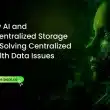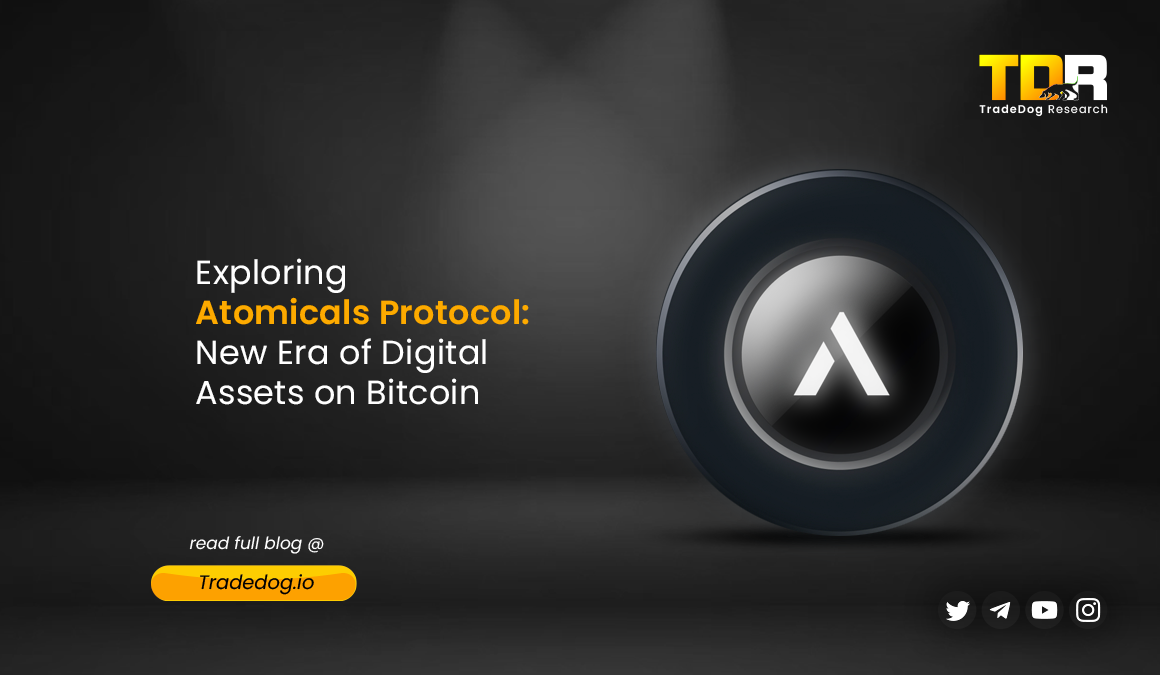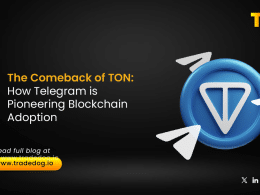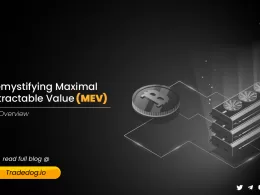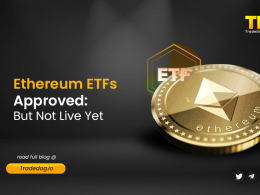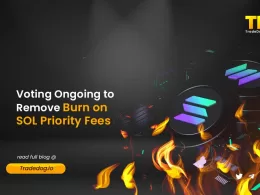Quick Links
The Bitcoin blockchain, known primarily for its native currency BTC, has recently seen an emergence of protocols enabling the creation and management of digital assets. ARC-20 tokens are one such innovation, offering a standardized way to represent ownership within the Bitcoin ecosystem.
Understanding Atomicals Protocol
ARC-20 tokens are built upon the Atomicals protocol, a free, open-source protocol designed for creating and managing digital objects on the Bitcoin blockchain. It offers a flexible approach, allowing the creation of both fungible tokens (like ARC-20) and non fungible tokens on the Bitcoin network.
Atomicals utilizes the Unspent Transaction Output (UTXO) model, a core concept in Bitcoin, where transactions involve spending previously unspent outputs. This protocol introduces the concept of “Atomicals” or “atoms,” essentially consisting of a chain of digital ownership. These atoms are created through Bitcoin transactions and are compatible with any Bitcoin wallet that supports UTXO, eliminating the need for separate blockchains or layer-2 solutions.
What is ARC-20?
Inspired by the ERC-20 token standard on Ethereum, ARC-20 is an experimental standard specifically designed for fungible tokens (coloured coins) on Bitcoin. Each ARC-20 token is backed by at least one satoshi, inherently establishing a minimum value floor. This allows for the creation of fungible tokens on Bitcoin, similar to what Ethereum’s ERC-20 standard enables on the Ethereum blockchain. These tokens can represent various things, such as loyalty points, digital collectibles, or even shares in a company.
ARC-20 offers some advantages over other Bitcoin token standards, such as the ability to store more data and the use of a built-in ticker symbol and name service, which ensures that each ticker, symbol, and name is unique. ARC-20 allows for storing multiple files within a single token, providing greater data storage options. Moreover, these tokens carry the entire transaction history which eliminates the need for a centralized indexing service.
Minting ARC-20 Tokens
The process of creating ARC-20 tokens involves two primary methods: decentralized minting and direct minting.
- Decentralized Minting: This method offers creators flexibility in setting parameters like total token supply, awards per mint, and minting conditions. However, the distribution is decentralized, meaning anyone can mint tokens over time based on the predefined parameters set by the creator.
- Direct Minting: In direct minting, a single transaction output containing the entire token supply is created. This approach grants creators complete control over token supply and distribution but requires an upfront commitment of satoshis equivalent to the intended token supply. This method enhances credibility as creators invest directly in the project, potentially reducing the risk of scams.
Use cases for ARC-20 tokens
ARC-20 tokens hold the potential to unlock new possibilities within the Bitcoin ecosystem. Here are some of their potential use cases:
Enhanced Scalability: The framework allows for building various tokenized assets, potentially expanding the utility of Bitcoin beyond its role as a store of value.
Gaming assets: Managing and trading in-game items with provable ownership and scarcity.
Digital Identity Management: The ability to link digital identities to ARC-20 tokens offers possibilities for secure and transparent identity
Loyalty Programs: Businesses could issue ARC-20 tokens as loyalty points for their customers, redeemable for rewards or discounts.
Virtual land and title registries: Ensuring transparent and tamper-proof property records for real estate.
Social media, online communities, and more: Empowering social media and online communities with decentralized governance and user ownership.
ARC-20 vs BRC-20 vs Runes
| Feature | BRC-20 | ARC-20 (via Atomicals) | Runes |
| Design | Built on top of Ordinals (NFT protocol), adding complexity | Leverages Atomicals protocol for fungible tokens | Designed specifically for fungible tokens, simpler approach |
| Data Storage | Limited to 4MB per token | Potentially stores multiple files per token | Limited to 80 bytes per inscription |
| Efficiency | Requires two on-chain transactions per transfer | One transaction per transfer | One transaction per transfer |
| Minting | Open minting (anyone can mint after creation) | Decentralized and direct minting options | Flexible minting options (open, pre-mined, delayed) |
| Compatibility | Ordinals-supported wallets only | UTXO-based, compatible with most Bitcoin wallets | UTXO-based, compatible with most Bitcoin wallets, Lightning Network, L2s, bridges, and DeFi apps |
Closing Thoughts
While ARC-20 launched in early 2023 with promise, its traction appears to have been short-lived. Launched around January 2023, it aimed to provide a feature-rich standard for fungible tokens on Bitcoin. However, existing standards like BRC-20’s became more popular and have an established presence, with over $185 million in fees spent on BRC-20 transactions. A recent contender, Runes, has also gained traction, with over 4.4 million users and over 7 million transactions already completed. Identifying a clear and compelling use case that stands out and simplifying the user experience will be critical in this competitive landscape. As the Bitcoin tokenization space matures, only the standards that offer strong value propositions and user adoption will succeed.

